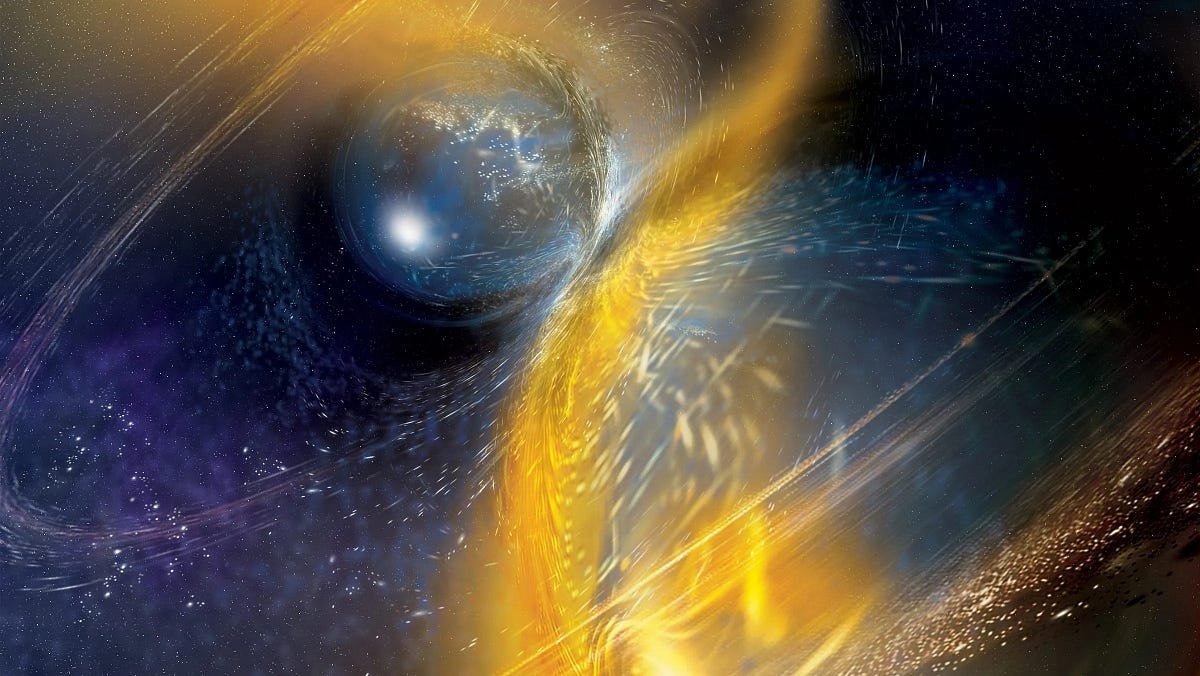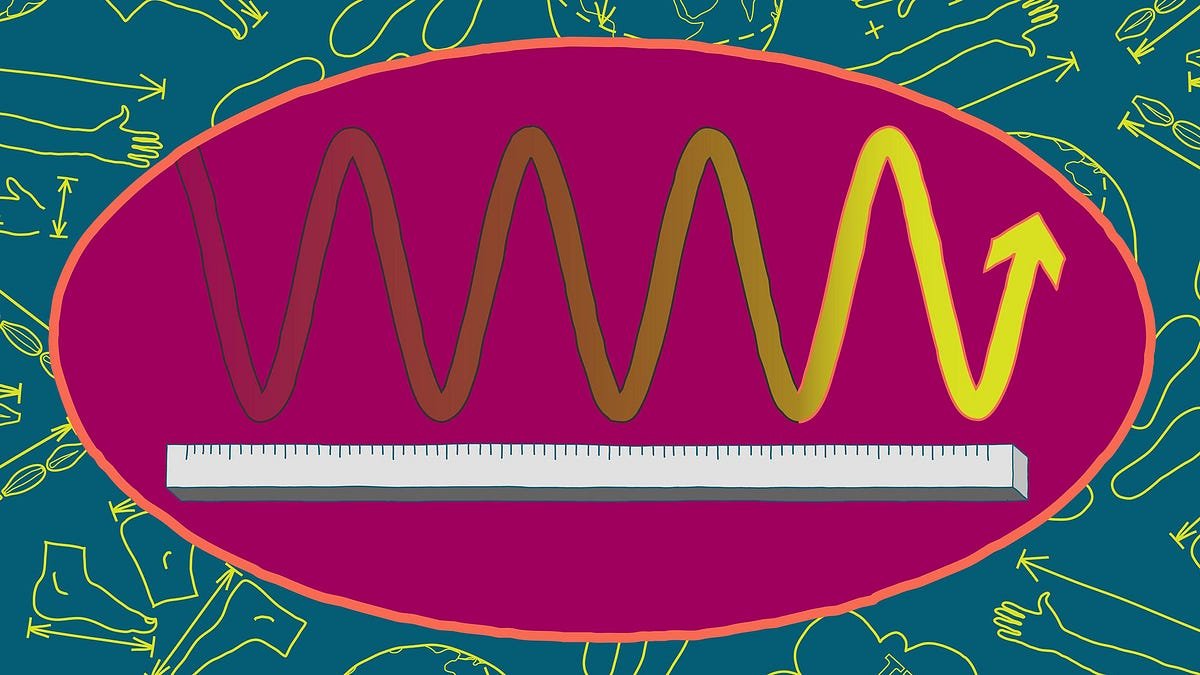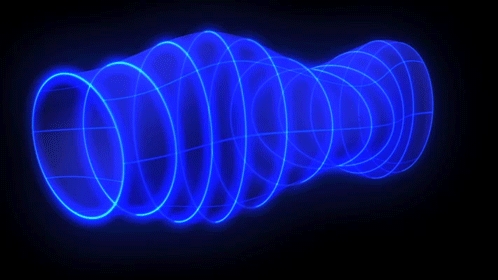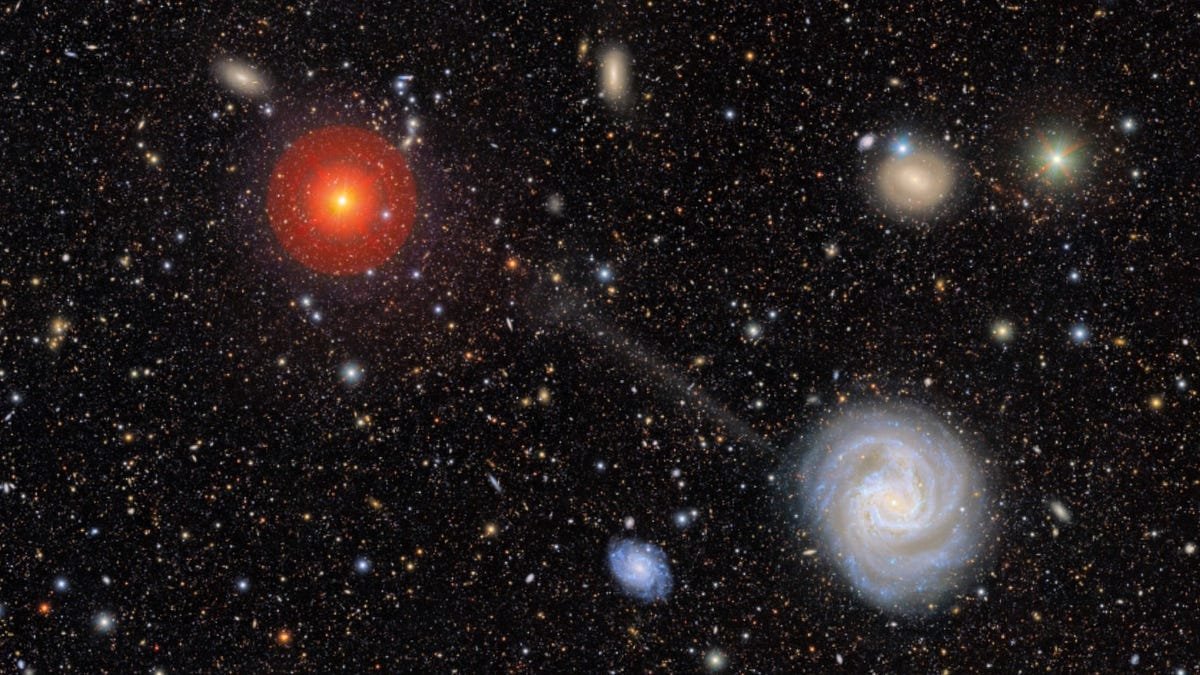
What was it like when the first living worlds formed? | by Ethan Siegel | Starts With A Bang! | Jan, 2024
Life became a possibility in the Universe as soon as the raw ingredients were present. But living, inhabited worlds required a bit more.
It’s almost unfathomable how far humanity has come in just the past few decades in terms of discovering potentially habitable worlds. As recently as 1990, there were no known, confirmed planets beyond the ones here in our Solar System; as of today, there are more than 5000 confirmed exoplanets, from super-Jupiters all the way down to sub-Earth sized worlds. Many of the smaller ones are around stable, Sun-like stars; many of them are thought to have thin atmospheres; many likely possess the heavy elements needed for life processes; many are part of multi-planet systems, with the potential for Earth-like temperatures and pressures at their surface.
While Earth might be the template for what we think of as an ideal, habitable world, we can still envision a wide variety of circumstances that are very different from our own that might also support life on a long-term basis. It took more than 9 billion years of cosmic evolution before Earth formed, however. It’s wildly unreasonable to assume that the Universe required all of that time to create the necessary conditions for habitability.
When we look at the minimum recipe for habitability, with the fewest assumptions, those conditions could have originated far earlier. The raw, chemical ingredients for life are a part of that puzzle, but can’t be the entire story. But in order to form a habitable planet, we have to look more deeply. Here’s what we need to know about the earliest habitable worlds.
The first thing you need, if you want to have an inhabited world, is the right type of star for it to orbit around. There could be all sorts of scenarios where life on a planet can survive even around an active, violent star, and remain habitable despite the hostility.
The lowest mass stars, the red dwarf stars like Proxima Centauri, emit flares and high-energy radiation in bursts. Any potentially habitable…




